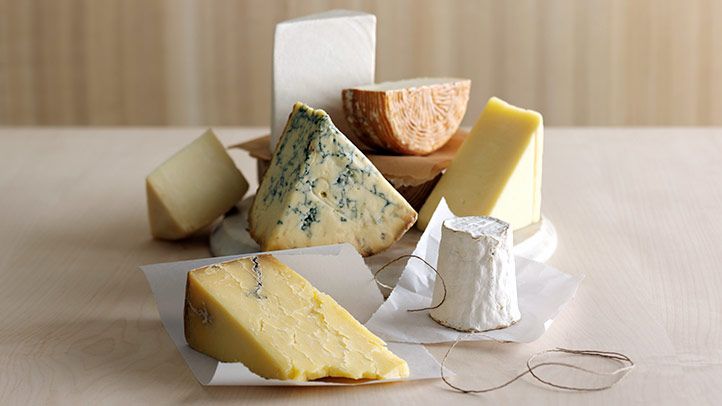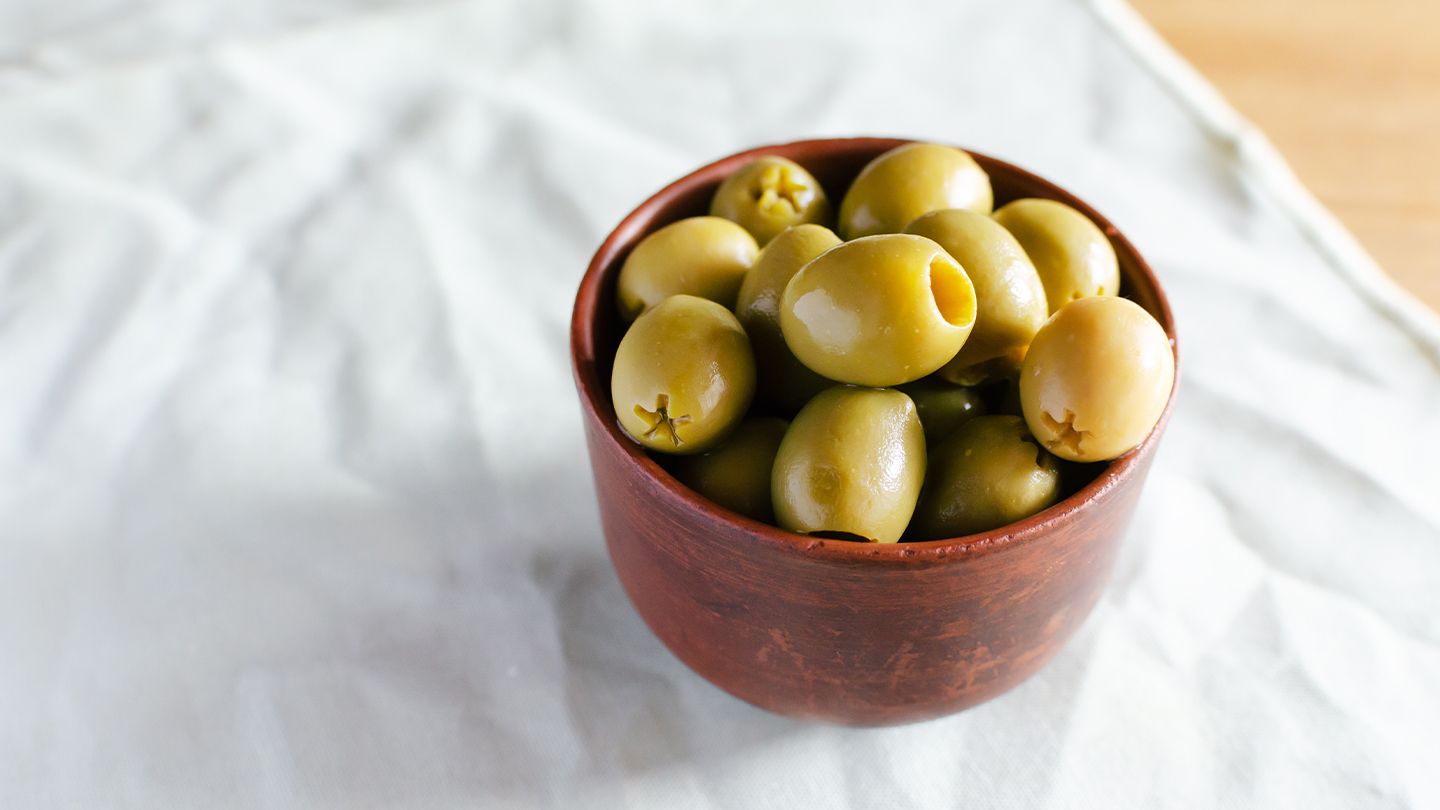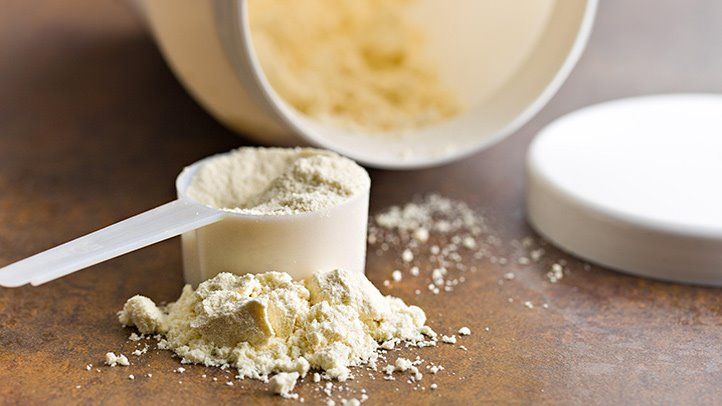What is the Ketogenic Diet?
The ketogenic diet is a very low-carb, high-fat diet that shares similarities with low carb diets like the Atkins diet. It involves drastically reducing carbohydrate intake and replacing it with fat. This reduction in carbs puts your body into a metabolic state called ketosis.
When in ketosis, your body becomes incredibly efficient at burning fat for energy. It also turns fat into ketones in the liver, which can supply energy for the brain. Ketogenic diets can cause massive reductions in blood sugar and insulin levels as well.
Benefits of a Ketogenic Diet
Some of the top evidence-based benefits of the ketogenic diet include:
- Weight loss
- Reduced appetite
- Lowered blood sugar and insulin levels
- Improvements in heart disease risk factors
- Increased mental focus and energy
The ketogenic diet has also been used for decades to successfully treat drug-resistant epilepsy in children. Some research also suggests benefits for other neurological diseases like Alzheimer's, Parkinson's, and multiple sclerosis.
Potential Side Effects
The ketogenic diet is safe for most people, but may cause some initial side effects while the body adapts, including:
- Keto flu - fatigue, headache, nausea, dizziness
- Constipation
- Bad breath
- Difficulty sleeping
- Low blood sugar
These often resolve within a few weeks with proper electrolyte intake. However, speak to your doctor before starting keto, especially if you have diabetes, take medications, or have other health conditions.
Macronutrients on a Ketogenic Diet
The macronutrient ratio of a standard ketogenic diet is:
- 70-80% of calories from fat
- 15-25% of calories from protein
- 5-10% of calories from net carbs
This very high-fat, low-carb, moderate-protein macronutrient profile shifts the body into a state of fat burning ketosis. To follow the diet properly, tracking your macronutrient intake using a food journal or app can be helpful.
Fats
Emphasizing high-fat foods is key to reaching ketosis on a ketogenic diet. Some of the best sources of healthy fats to eat include:
- Oils - olive oil, avocado oil, coconut oil, MCT oil
- Butter and ghee
- Nuts and seeds - almonds, walnuts, pumpkin seeds
- Avocados
- Fatty fish - salmon, sardines, tuna
Protein
Protein should be moderate on keto - neither too low nor too excessive. Some good protein sources include:
- Meat - beef, chicken, pork, lamb
- Eggs
- Fish and seafood
- Full-fat dairy - yogurt, cheese
- Tofu and tempeh
Carbs
Carb counts should be kept very low, around 5-10% of total calories. The best low carb foods include:
- Non-starchy vegetables - leafy greens, broccoli, peppers
- Nuts and seeds
- Berries
- Avocados
- Chia seeds, flaxseeds
High carb foods like grains, legumes, fruits, and starchy veggies are highly restricted or eliminated on keto.
Building Your Ketogenic Kitchen
Stocking your kitchen appropriately is crucial for sticking to the ketogenic diet and making delicious low carb meals at home. Heres how to start building your own keto kitchen:
Pantry Staples
Focus on having plenty of keto-friendly pantry staples on hand including:
- Healthy oils - olive, avocado, coconut, MCT
- Nuts and seeds - almonds, walnuts, sunflower seeds
- Low carb flours - almond, coconut, flaxseed meal
- Non-starchy veggies - spinach, kale, tomatoes, onions
- Condiments - salt, pepper, herbs, spices, mustard
Dairy and Eggs
Stock up on keto-friendly dairy foods and eggs like:
- Butter and heavy cream
- Hard and soft cheeses - cheddar, mozzarella, feta
- Full-fat yogurt and kefir
- Eggs
Proteins
Fill your fridge and freezer with an array of proteins including:
- Chicken, beef, pork, lamb
- Fatty fish - salmon, mackerel, sardines
- Bacon
- Deli meats - ham, turkey, roast beef
Fruits and Veggies
Opt for very low carb fruits and veggies:
- Berries - blackberries, raspberries, blueberries
- Leafy greens - spinach, kale, lettuce
- Broccoli, cauliflower, tomatoes, cucumbers
- Avocados
Beverages
Stay hydrated with:
- Water
- Unsweetened tea
- Coffee
- Nut milk - almond, coconut milk
Must-Have Kitchen Tools and Appliances
Having the right tools makes preparing keto meals much simpler. Helpful keto kitchen tools include:
Digital Food Scale
A food scale allows you to accurately track macronutrients by weighing foods in grams.
Spiralizer
Turns veggies like zucchini into low carb noodles.
Mixing Bowls
For tossing salads, making dressings, mixing batters, etc.
Measuring Cups and Spoons
Essential for accurately measuring ingredients and portion sizes.
Immersion Blender
Blends soups, sauces, nut butters, and smoothies right in the pot or bowl.
High-Speed Blender
Creates ultra-smooth dressings, nut milks, and smoothies.
Panini Press or Grill
Grills meats, veggies, and low carb sandwiches with easy cleanup.
Slow Cooker
Allows you to cook keto-friendly stews, chilies, etc. with little effort.
Essential Pots, Pans and Bakeware
Equip your kitchen with this foundational cookware for everyday keto cooking:
- Frying pan or skillet
- Saucepan
- Roasting pan
- Baking sheet
- Loaf pan
- Muffin tin
- Casserole dish
Look for heavy bottomed stainless steel or cast iron cookware for best results. Having lids for pots and pans is also useful.
Meal Planning Tips
Planning out weekly keto meals in advance helps set you up for success. Apply these meal planning strategies:
Build Around Protein
Choose a protein like chicken, beef or fish first, then add complementary sides and fat sources.
Incorporate Variety
Vary your proteins, veggies, and seasonings throughout each week.
Prep Produce
Chop veggies and store them in containers so theyre ready to just grab and use.
Have Snacks and Desserts On Hand
Pre-portion keto snacks like nuts, chia pudding, or fatty snacks to prevent cheating.
Make Leftovers
Cook extra entres or side dishes you can eat later in the week.
Everyday Keto Diet Recipes
Having go-to keto recipes can simplify meal planning. Try incorporating these delicious keto staples:
Breakfast
- Keto yogurt parfait
- Scrambled eggs with avocado
- Keto green smoothie
- Vegetable omelet
- Chia pudding
Lunch
- Tuna salad lettuce wraps
- Leftover fajita bowl
- Ground beef lettuce tacos
- Keto zoodle soup
- Cheese and deli meat roll-ups
Dinner
- Bunless bacon cheeseburger
- Chicken cordon bleu
- Keto taco bowls
- Meatballs with zoodles
- Baked salmon and broccoli
Snacks
- Nut butter celery sticks
- Sliced bell peppers with guacamole
- Hard boiled eggs
- Cheese crisps
- Chia pudding
Desserts
- Keto chocolate mousse
- Coconut fat bombs
- Pecan brownie bites
- Whipped heavy cream with berries
- 90% dark chocolate squares
Keto Diet Cookbooks
Keto cookbooks provide structured meal plans, recipes, shopping lists, and tips to simplify your low carb lifestyle. Here are some of the most popular keto cookbooks:
The Keto Diet by Leanne Vogel
This keto cookbook provides recipes, shopping lists, troubleshooting tips, and supplement recommendations.
Keto Restaurant Favorites by Maria Emmerich
Makes keto versions of comfort foods like pizza, tacos, burgers, fries and milkshakes.
The Complete Ketogenic Diet for Beginners by Amy Ramos
A beginner's guide to keto provides meal plans and recipes tailored for different needs.
Keto Comfort Foods by Maria Emmerich
Offers low carb recipes to satisfy cravings for family favorites like lasagna, burgers, and cinnamon rolls.
Easy Keto Dinners by Carolyn Ketchum
Includes simple keto meals than can be prepped and cooked in 30 minutes or less.
Tips for Keto Success
Here are some final tips to set yourself up for success on the ketogenic diet:
- Eat lots of low carb veggies
- Choose healthy fats like olive oil, avocados, nuts
- Moderate protein intake
- Track carbs diligently
- Supplement electrolytes
- Plan ahead for meals and snacks
- Drink plenty of water
The ketogenic diet requires dedication, but can be truly life changing. Stock your kitchen appropriately and arm yourself with keto knowledge and recipes. Before long, youll have crafted an everyday ketogenic lifestyle that becomes second nature.
FAQs
What are the main macronutrients on keto?
The ketogenic diet typically contains about 70-80% fat, 15-25% protein, and 5-10% net carbs from high fiber foods like non-starchy vegetables.
What kitchen tools do you need for keto?
Helpful keto kitchen tools include a food scale, spiralizer, mixing bowls, measuring tools, immersion blender, high-speed blender, panini press, slow cooker, cookware, and bakeware.
What are good keto pantry staples?
Stock up on oils, nuts, seeds, low carb flours, seasonings, non-starchy vegetables, nut milks, coffee, and teas to form a keto pantry.
What are some easy keto breakfasts?
Quick keto breakfasts include scrambled eggs, chia pudding, keto yogurt and nut parfaits, keto smoothies, and vegetable omelets.
What are good keto snacks?
Tasty keto snacking options include nut butter celery sticks, sliced bell peppers with guacamole, hard boiled eggs, cheese crisps, chia pudding, and olives.
Disclaimer: This article is for informational purposes only and does not constitute medical advice. Always consult with a healthcare professional before starting any new treatment regimen.
Related Coverage
The half day diet is a form of intermittent fasting that involves fasting for about 16 hours and eating within an 8 hour window. Learn how it promotes weight loss....
Get the scoop on the best and worst cheeses for a low carb or keto diet. Discover which high and low lactose cheeses to choose plus delicious cheese recipes....
Can True Lemon flavorings fit into a ketogenic diet? This article analyzes ingredients, carb content, uses, and more to evaluate if True Lemon is truly keto....
Kimchi is low in carbs and keto-friendly. Per serving it has just 2-4g net carbs. Learn how its probiotics, vitamins and flavor make kimchi a nutritious keto food....
Learn which cheeses you should eat and avoid on the keto diet. Discover the best high-fat, low-carb cheeses along with nutrition facts and portion tips....
Keep your health goals on track this Halloween with these delicious low carb appetizer ideas. Dip, cheese and meat boards, veggies, and drinks to scare up some spooky fun....
Discover the best and worst cheeses for a keto diet. Learn how to navigate the cheese aisle and make informed choices to enjoy delicious, low-carb cheeses like parmesan....
Enjoy the many health perks of olive green snacks and produce like spinach, kale, avocados, green beans, and artichokes. Learn simple tips to add more antioxidant-rich greens....
Learn the ideal methods and techniques for cooking foolproof hard boiled eggs from start to finish, including boiling, steaming, sous vide, peeling, storage, and uses....
Keto Activate powder by Ancient Nutrition provides exogenous ketones to help boost ketosis. Learn about the ingredients, benefits, side effects and proper usage....









